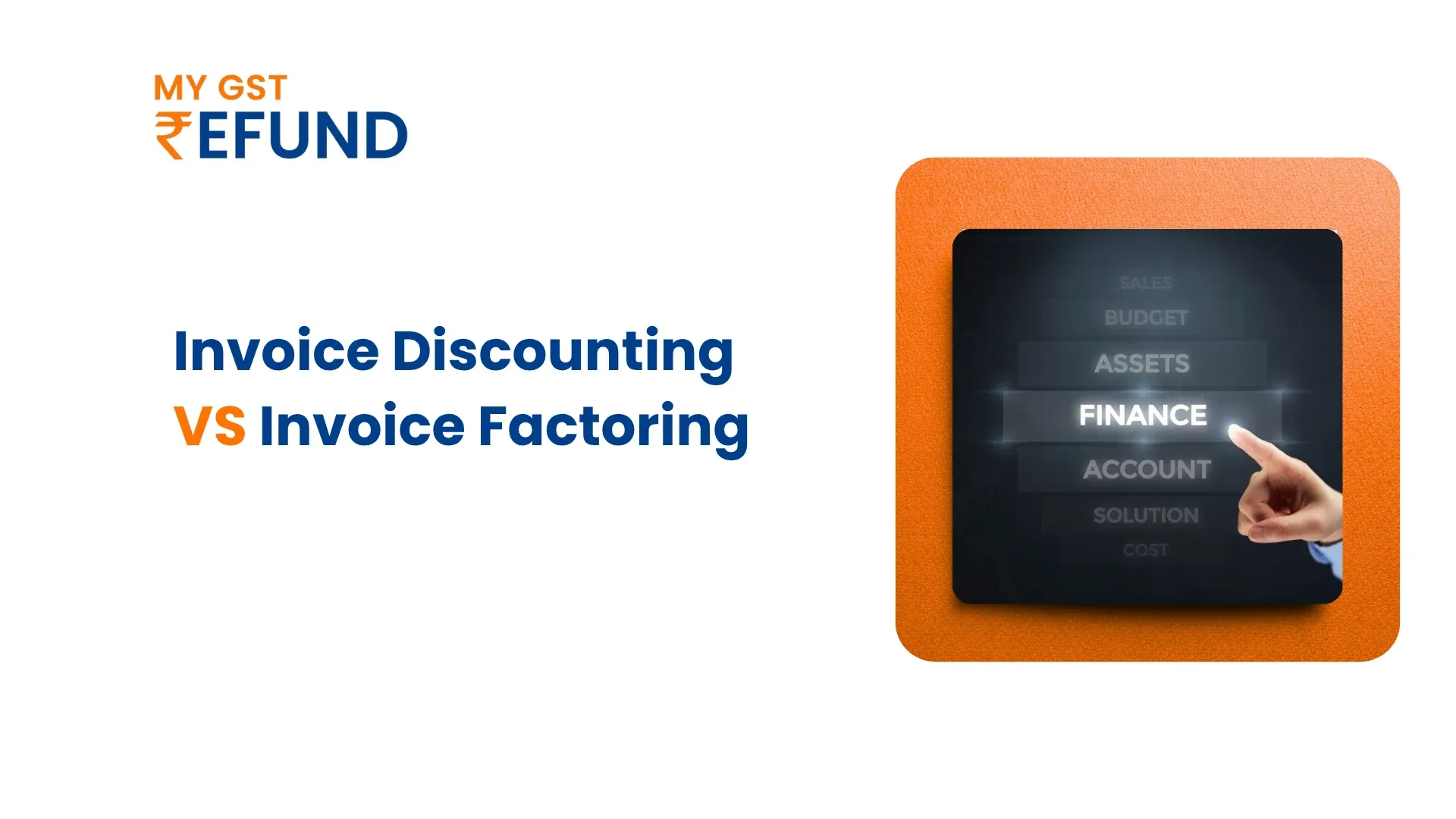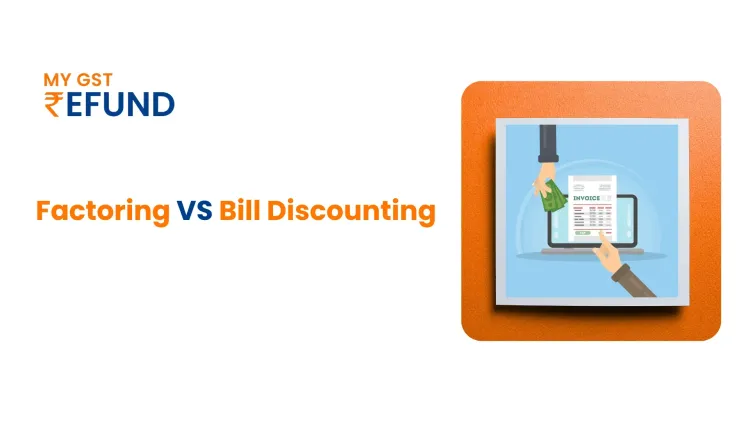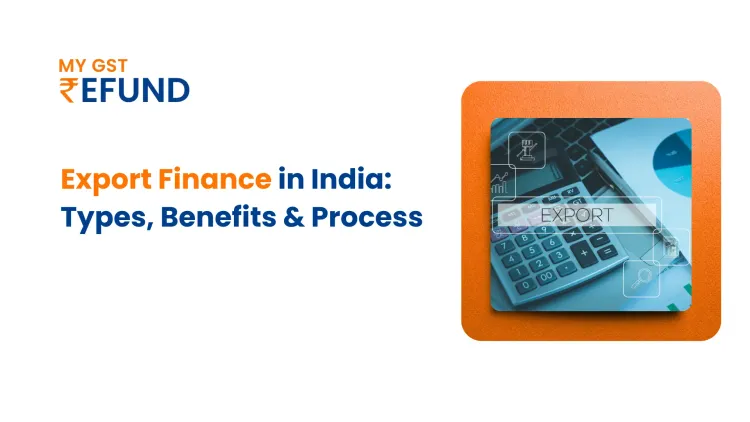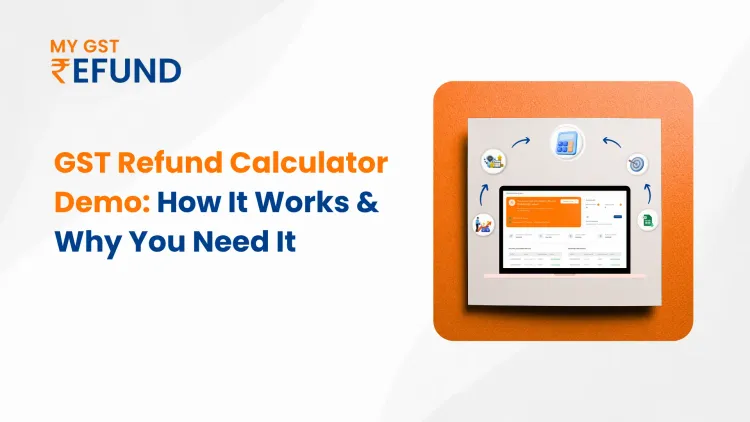Invoice Discounting VS Invoice Factoring: Which One Should You Choose?
People often confuse invoice discounting vs invoice factoring, but basically, both are invoice-based financing options. Invoice finance may be a good choice in case your business requires a better and more regular cash flow. Since they provide finance against unpaid invoices.
When one compares invoice discounting vs invoice factoring, it usually includes credit control, cost, confidentiality, suitability, collection, and value raised, which are some of the key factors where differences exist. The individual must be aware of the meanings before understanding invoice discounting vs invoice factoring.
This blog post guides you through the challenges and helps ease the differences, and how to choose what’s best for your business between Invoice Discounting vs. Invoice Factoring.
What is Invoice Discounting?
Invoice discounting is a type of finance option to get money by borrowing against the unpaid accounts. The seller uses the invoices as security, and they have to collect payment from their buyers.
Process Overview:
1. The exporter issues the overseas buyer with an invoice.
2. Sends an invoice to a financial institution (or discounting service).
3. Converts 80–90% of the invoice sum into cash at once.
4. After receiving the payment from the buyer, the exporter is sent the remaining money they are owed (minus fees).
Benefits for exporters:
- Short-term funding.
- The business ensures utmost privacy for buyers and hides their participation.
- Be responsible for all aspects of working with customers.
- Used by businesses that have a loyal group of clients.
Real-Life Scenario:
For example, a manufacturer often uses invoice discounting for fast access to money they depend on for daily operations. Instead of having to wait 60 or 90 days to be paid, the company gives its unpaid invoices to a financing service and gets a significant amount of money upfront. Thanks to the quick inflow of cash, the company can meet obligations to pay suppliers, obtain supplies, and pay employees on time, even when it does not get payments from customers immediately.
What is Invoice Factoring?
Invoice factoring is a type of invoice finance that enables you to “sell” some of your outstanding invoices. In such a case, a factoring company will advance you under 80-90 percent of the value of the invoice on the spot. After which, when the customers pay the full amount of the invoice into the factoring company's coffers, they will pay you the rest (minus their fee) then. Invoice factoring can be an excellent way for companies with a large number of outstanding invoices to navigate cash flow problems and improve revenue stability.
Comparison with Invoice Discounting
Unlike invoice discounting, where the exporter collects payment, in factoring, the factor communicates with your buyer. This means the process is open to others, yet usually more useful for companies without a credit control team.
Benefits:
- Instant liquidity
- Makes the collection process more convenient.
- Can offer services that protect your credit.
Limitations:
- Less private (buyers are aware of the factoring)
- Because of the added cost of collection services, it is more expensive.
- Less chance to manage interactions with customers
Key Differences Between Discounting and Factoring
Which is Right for Your Export Business?
Follow these five points to help you make decisions more easily:
- Do you want to maintain control of customer interaction? Pick invoice discounting.
- If you need fast cash and assistance in bill collection, use invoice factoring.
- Do you have clerical staff who handle finance? Then consider discounting.
- If you have a business but no idea how to handle risk? Try factoring as a solution.
- If you are Interested in hiding who funds your campaign? Then go for the discounting option.
Key Takeaway:
- Invoice discounting and invoice factoring both help exporters access quick cash tied up in unpaid invoices, improving cash flow.
- With invoice discounting, funding remains private, and the exporter is still involved in handling their customers.
- An invoice factor company steps in and takes care of collecting your money, which means they’ll be in direct contact with your clients and take more of a role in your finances.
- Established exporters using in-house credit control may choose to discount, whereas factoring is good for small or new exporters.
- Both services provide 80–90% of the invoice value early, which helps companies manage the wait for payments from customers.
- Methods such as BRC Invoice Finance give companies a choice and help reduce their unpaid invoices, which in turn makes their finances more flexible.
Conclusion
An understanding of invoice discounting and invoice factoring is crucial for an exporter to boost its cash flow and sustain the state's financial status. Invoice discounting gives the seller confidentiality and full control, whereas invoice factoring offers support with collections and faster availability of the funds for use. Your best option will depend on the size of your business, the structure of your business, and your customers. With the help of Invoice Finance Solution by MYGSTRefund, exporters are able to efficiently manage their working capital, making global trade easier and smarter.
Frequently Asked Questions
1. What distinguishes invoice factoring from invoice discounting?
The sole distinction between invoice discounting and invoice factoring is that in the former, the exporter handles all customer payments, while in the latter, the finance provider assumes responsibility for customer collection.
2. Which financing option is more discreet, invoice discounting or invoice factoring?
Invoice discounting is more discreet since the buyers are not aware of the financing arrangement.
3. How can invoice factoring affect a company’s relationship with its customers?
Since the factor interacts directly with customers, it may affect customer perceptions of the exporter's financial strength and professionalism.
4. Which option is more suitable for small or new businesses?
Invoice factoring tends to be a better option for new businesses because it also includes collections and, in some cases, credit protection.
5. Do both invoice discounting and factoring provide immediate cash flow?
Yes. Both provide quick funding options, upwards of 90% of the invoice amount, to provide liquidity.
Related Posts








